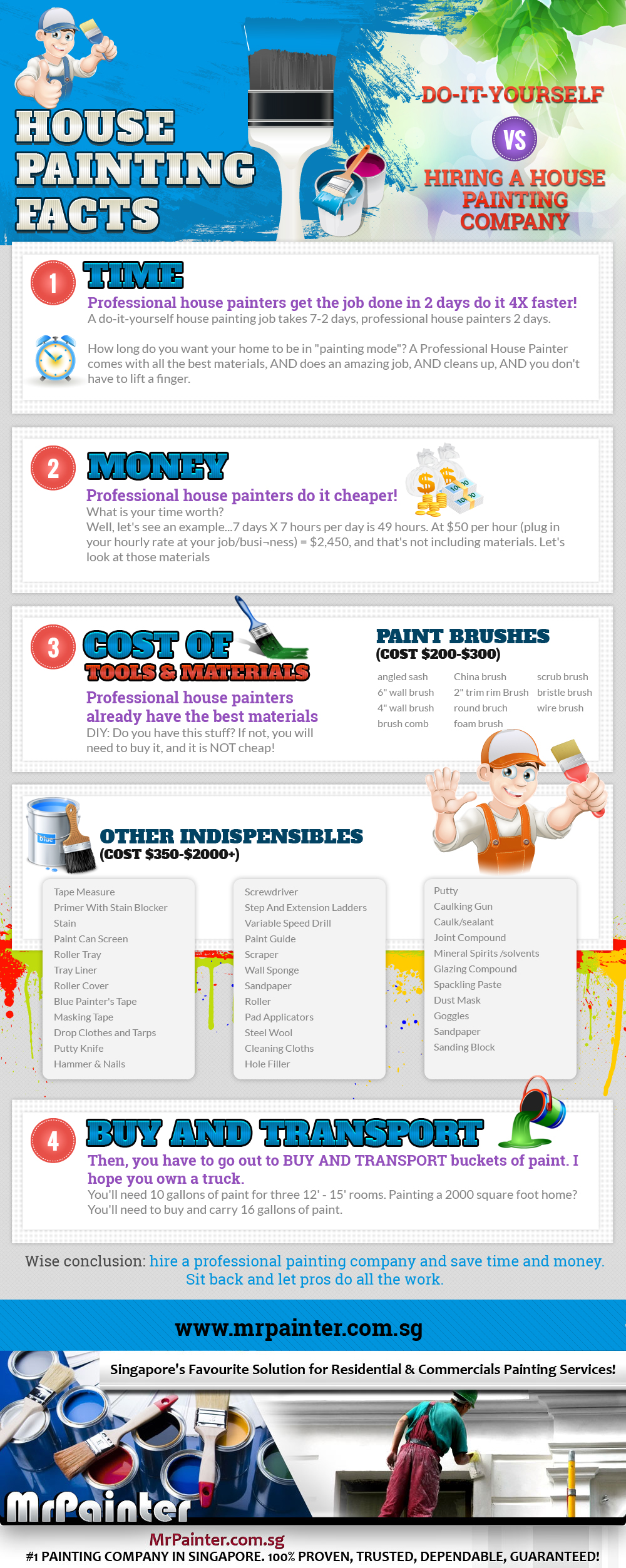Seasonal Factors In Industrial Exterior Painting: Key Insights You Need To Recognize
Seasonal Factors In Industrial Exterior Painting: Key Insights You Need To Recognize
Blog Article
Write-Up Produced By-Regan Bagger
When you're preparing a business external painting task, seasonal elements can make or break your outcomes. You'll intend to think about how temperature and humidity influence paint application and drying out times. Choosing the best period can guarantee your paint adheres correctly and lasts much longer. But which seasons are really the very best for this type of job? Let's explore the key elements that can affect your job's success.
The Effect of Temperature on Paint Application
When you're planning a business outside paint project, the temperature level can considerably affect how well the paint adheres and dries.
Ideally, you wish to paint when temperatures range in between 50 ° F and 85 ° F. If it's too chilly, the paint might not treat effectively, causing issues like peeling or fracturing.
On the other side, if it's too warm, the paint can dry out as well rapidly, avoiding appropriate attachment and leading to an irregular coating.
You should likewise think about the moment of day; early morning or late afternoon supplies cooler temperatures, which can be much more favorable.
Constantly examine the maker's recommendations for the details paint you're making use of, as they often provide assistance on the excellent temperature variety for optimal results.
Moisture and Its Effect on Drying Times
Temperature isn't the only ecological aspect that affects your industrial external painting project; moisture plays a substantial function too. High humidity degrees can decrease drying times substantially, impacting the overall high quality of your paint task.
When the air is filled with wetness, the paint takes longer to heal, which can bring about problems like inadequate bond and a greater risk of mildew growth. If you're painting on an especially moist day, be gotten ready for extensive wait times in between coats.
It's essential to check regional weather and strategy as necessary. Ideally, aim for moisture levels between 40% and 70% for optimal drying out.
Keeping these consider mind ensures your task remains on track and delivers a lasting finish.
Best Seasons for Commercial Outside Paint Projects
What's the best time of year for your commercial outside paint projects?
Springtime and early autumn are usually your best options. Throughout these seasons, temperatures are moderate, and moisture levels are typically lower, developing optimal problems for paint application and drying.
Avoid summertime's intense heat, which can cause paint to dry too swiftly, resulting in bad adhesion and finish. Likewise, painter plymouth can hinder correct drying out and curing, running the risk of the longevity of your paint work.
Go for days with temperatures between 50 ° F and 85 ° F for optimal outcomes. simply click the up coming website page in mind to inspect the regional weather report for rainfall, as wet problems can ruin your task.
Planning around these factors guarantees your paint job runs efficiently and lasts much longer.
Conclusion
In conclusion, intending your commercial exterior painting projects around seasonal considerations can make a substantial difference in the end result. By scheduling job during the optimal temperature levels and moisture degrees, you'll make certain better bond and drying times. Remember to keep an eye on neighborhood weather forecasts and pick the correct time of year-- springtime and very early autumn are your best bets. Taking these actions will certainly aid you accomplish a long lasting and expert finish that lasts.
